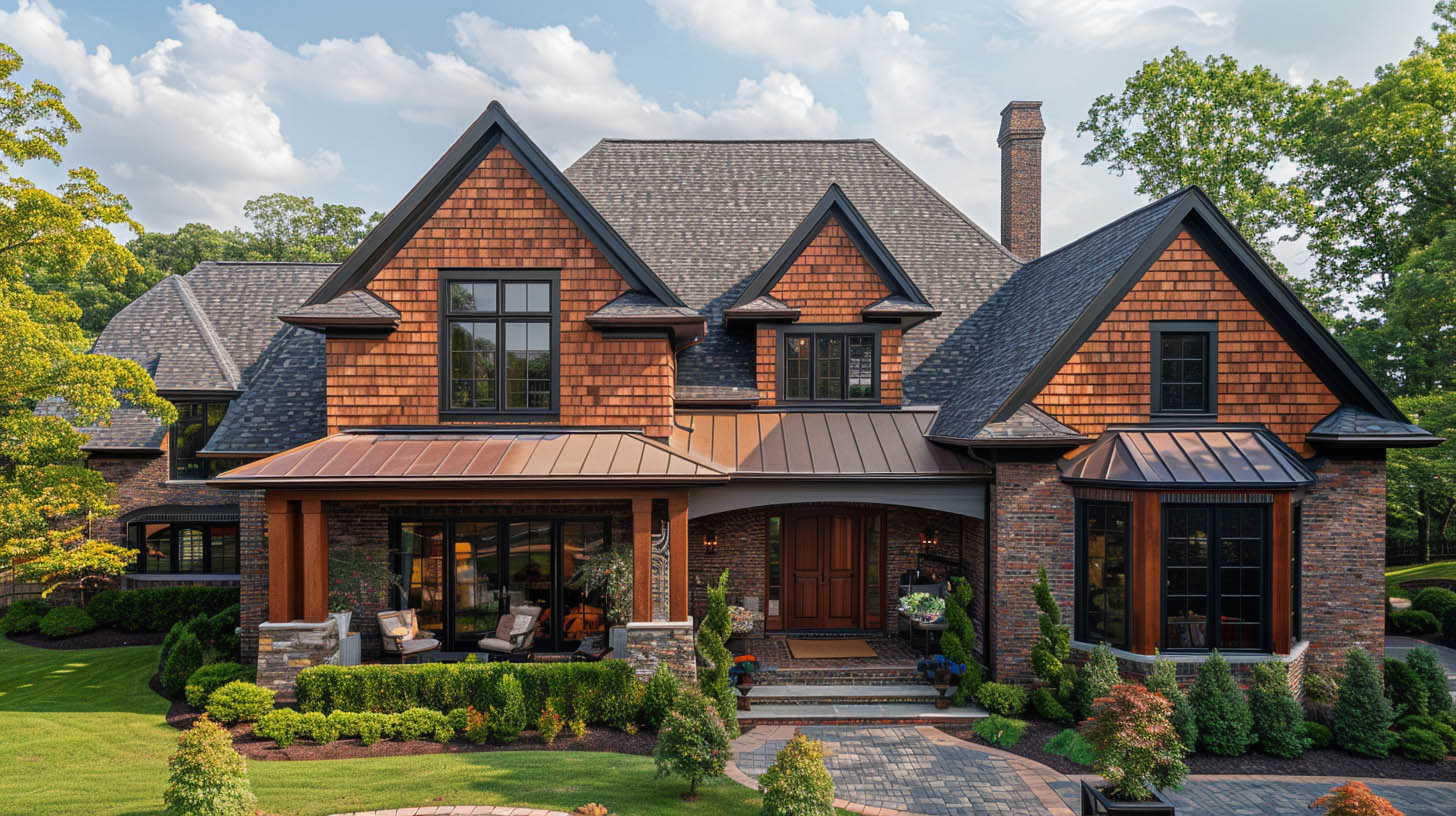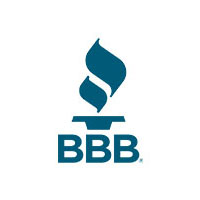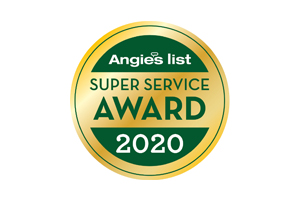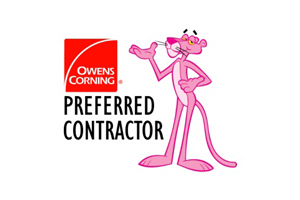
Good Roofing Company LLC in Lee’s Summit, MO, provides essential insights into roof pitch, a crucial element in roofing design that affects both functionality and aesthetics.
What is Roof Pitch?
- Definition: Roof pitch refers to the slope or angle of a roof, typically steeper than 10 degrees. It is measured as the ratio of vertical rise to horizontal span.
- Importance: The pitch of a roof influences water runoff, aesthetic appeal, and compliance with building regulations.
Anatomy of a Roof Pitch
- Eaves: Horizontal edges extending beyond the roof, aiding in sun protection and efficient rainwater runoff.
- Gables: Triangular sections at the roof’s peak.
- Flashings: Metal strips placed at intersections to prevent water infiltration.
- Purlins: Horizontal supports for the roof structure, often made of steel or wood.
- Ridges: The highest point where two roof sections meet.
- Hips: External angles formed by the intersection of roof facets.
- Battens: Strips supporting roofing materials, made from wood, metal, or plastic.
- Fasciae: Boards attached to the ends of rafters, protecting the roof.
- Rafters: Inclined beams supporting the roof materials.
Deeper Insights into Roof Pitch
- Cost Implications:
- The complexity and steepness of the roof pitch can increase project costs due to additional safety measures and labor.
- Material Considerations:
- The pitch determines suitable roofing materials. Shingles may not be suitable for pitches less than 2:12, while steep roofs offer more material flexibility.
- Safety Concerns:
- Measuring roof pitch can be dangerous. Professional assistance is recommended to avoid accidents.
Conclusion
Understanding roof pitch is crucial for making informed decisions about your roofing project. Good Roofing Company LLC offers expert services to ensure your roof is both functional and aesthetically pleasing. Contact us for professional advice and services tailored to your roofing needs.
If you want to know the Benefits of Installing Ridge Vents on Your Roof, click here.









